Best Golf Grip For Sweaty Hands 2025
Do you lose grip of the club a lot? We have created a guide on the best golf grip for sweaty hands to help.
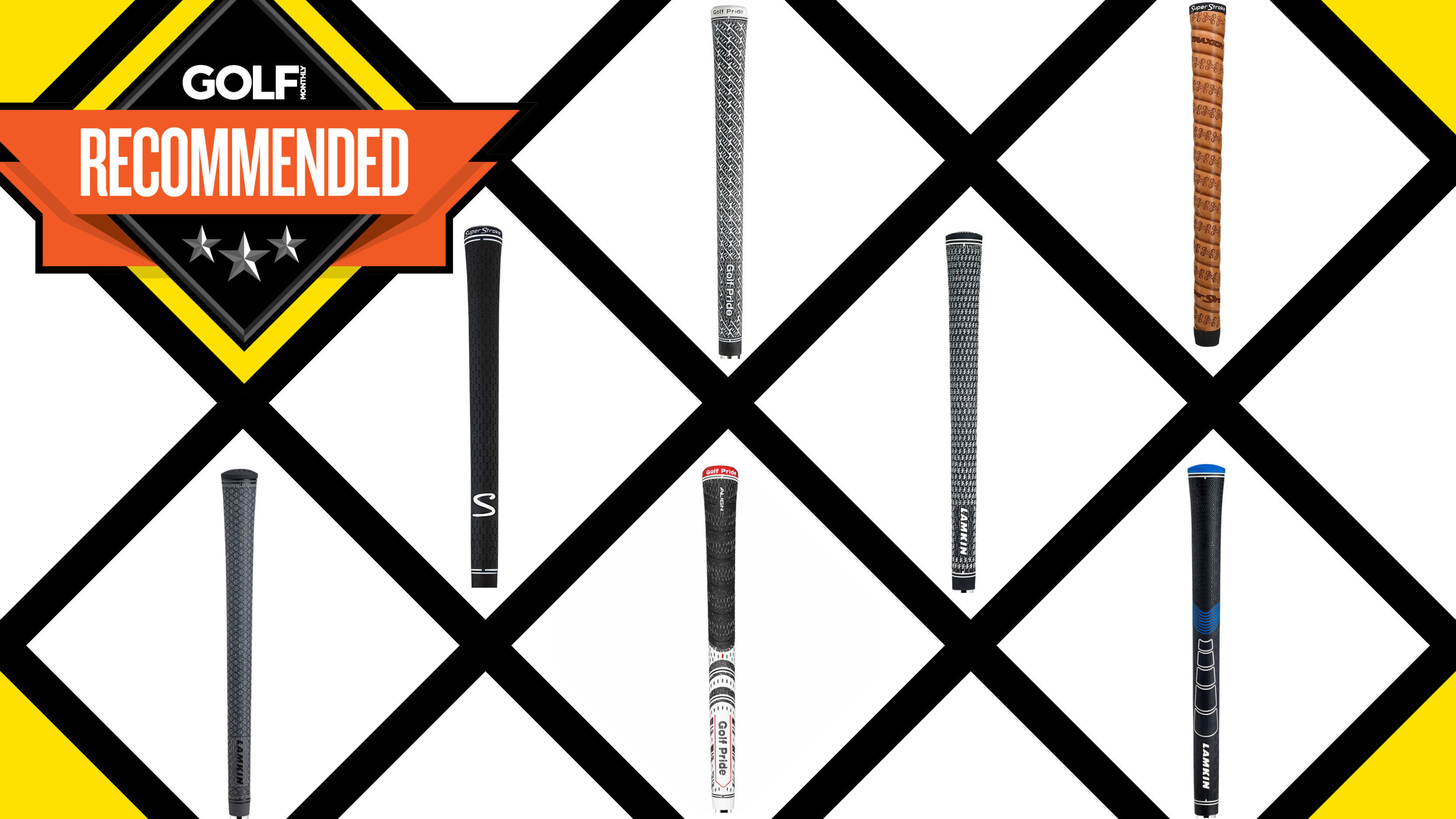

Nobody likes sweaty hands. It doesn't matter if you're playing in hot or wet climates, anything that compromises your grip can cost you your patience or worse still—your game. It means you cannot commit to full shots as much as needed and if you cannot trust your hands in your grip, then it makes the entire process that much more difficult.
Of course, some of the best golf gloves for sweaty hands and best golf grips will improve grip and comfort. But those who suffer from sweaty palms will need something that goes the extra mile...
That's why we've selected the best golf grips specifically for those that struggle with sweaty hands. With models from iconic grip brands like Golf Pride and Lamkin, these grips all offer stable, tacky and firm grips on the club. They will give you peace of mind and could even give you a few extra yards. Additionally for more ways to help deal with sweat, check out some of best golf polos which feature moisture wicking technology as well.
Best Golf Grip For Sweaty Hands 2025
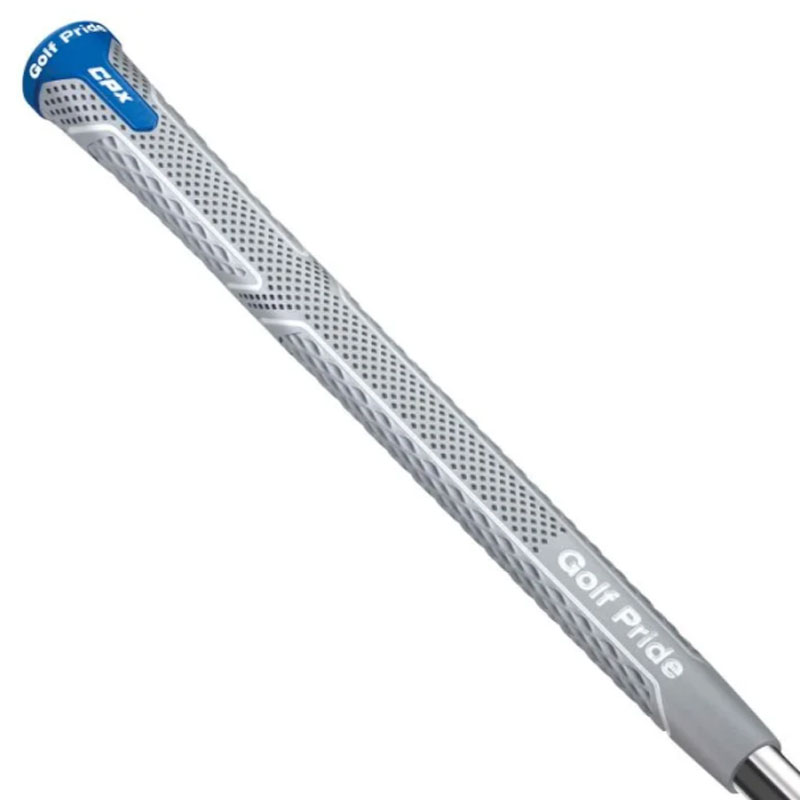
Sizes: Undersize, standard, midsize, jumbo
Colors: 1 (Blue/Grey)
+ The tacky feel is outstanding
+ Grip can be fitted both ways
+ Oversized one great for arthritis
- These are so unique that they might not appeal when you first pick them up
From a glance, the CPX from Golf Pride looks like it could be a javelin in wet conditions, but the reality is far from it. In testing, we found that any moisture was wicked away. This is due to the Golf Pride's first ever EXO diamond-quilted pattern. It's a soft and tacky material with a 45-degree pattern, inspired by BMX bike grips. If it's good enough for BMX it must be great for golf. You could easily pair these grips with some of best irons for low handicappers.
Read our full Golf Pride CPX Grip Review
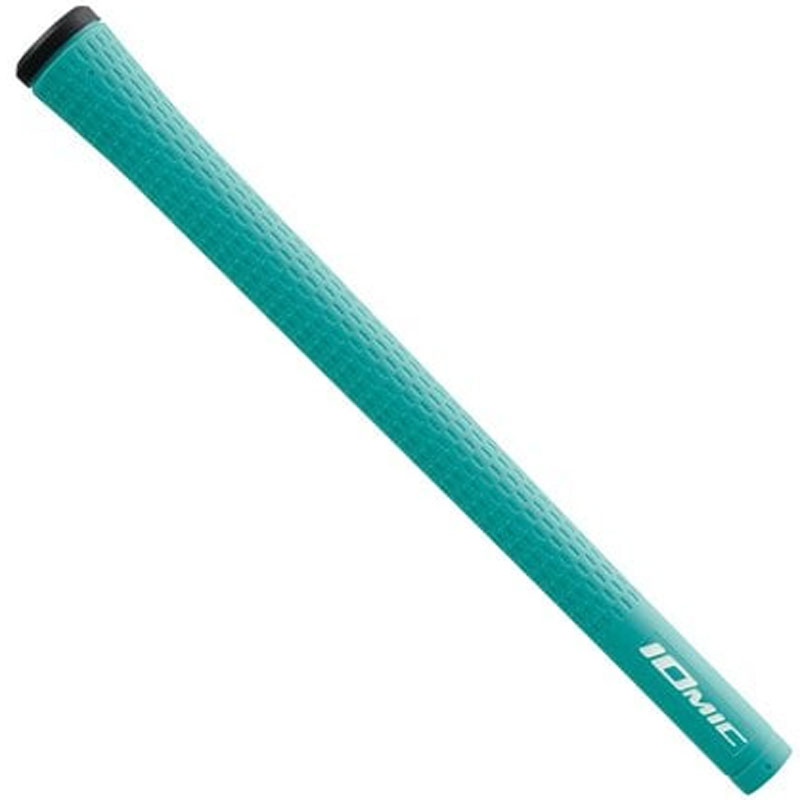
Sizes: Standard
Colors: 9 (Red, Blue, Orange, White, Grey, Black, Yellow, Blue, Green)
+ Super sticky, as it sounds
+ Vibrant color options
+ Excellent for wet weather golf
- Not so good for golfers with big hands
The Iomic Sticky 2.3 grips are one of the straightest grips available and apparently helps to reduce the shot dispersion on off-center hits by 30%! If you're struggling with consistency, these might be the grips for you. There's also minimal torque and twisting with these grips so you won't have any issues trying to square the club face.
They're UV resistant and waterproof so can be used in both hot and wet conditions. If you're planning on playing in a lot of downpour, check out our guides on the best golf rain jackets, or best golf rain pants.
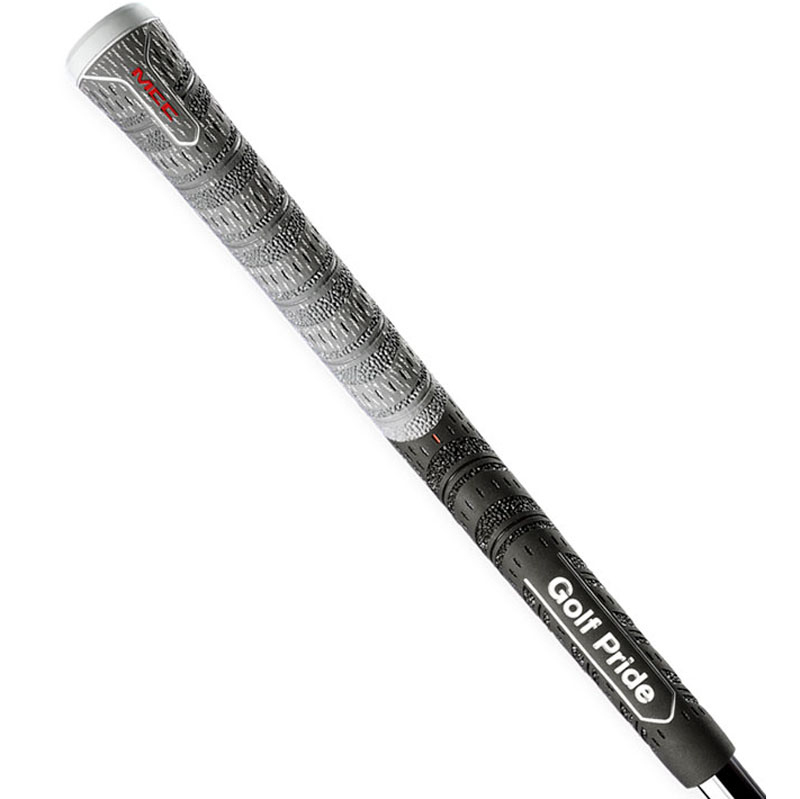
Sizes: Standard, Midsize
Colors: 1 (Black/Grey)
+ Significantly more pronounced ridge
+ Hand placement consistency
- Some may enjoy the subtler rib of the original Align series
The Align series of grips has proven extremely popular so Golf Pride has gone a step further with the Max design, a model we liked so much that it made our Editor's Choice list.
In basic terms, the Max has taken the Align concept and pushed it to its legal limits within the rules of golf. It has increased the protrusion of the ridge section to the maximum allowable height, which makes it significantly easier to ensure grip consistency and accuracy. In fact I would go so far to say that it almost acts as a training aid which many golfers will see the benefit of.
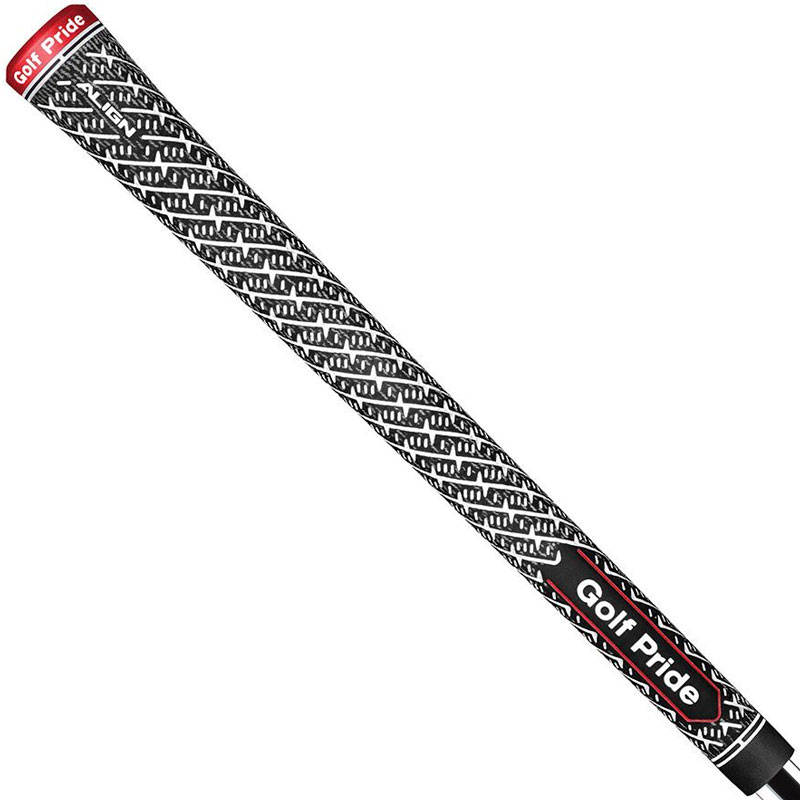
Sizes: Standard, Midsize
Colors: 1 (Black/White/Red)
+ Brilliant all-rounder
+ Excellent moisture-wicking technology
- May not be great for players looking for less vibrations
Available in standard or midsize, the ZGRIP is the firmest grip in the ALIGN family. It combines two layers of texturing with a heavy cord for moisture management. The heavy cord also maximizes your contact area with your hands on the club. This is enhanced by ALIGN technology that locks your hands in place.
The standard model is used by Collin Morikawa and Will Zalatoris so that is testament to the overall performance of the ZGRIP design, and the ALIGN feature will also help with consistency.
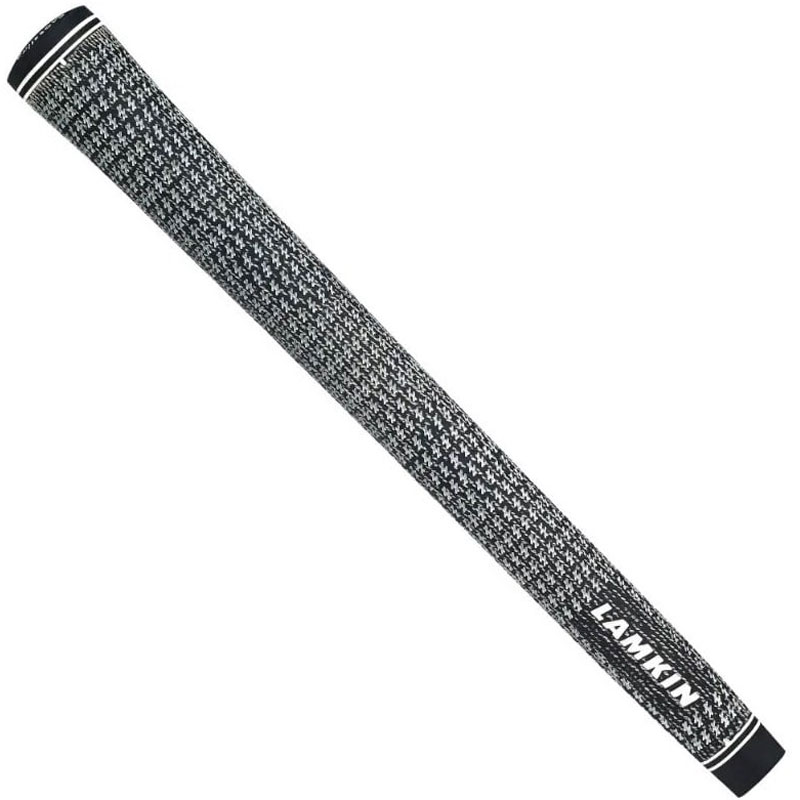
Sizes: Standard
Colors: Black/White
+ Good for high swing speeds
+ Great for people with sweaty hands
- Comes in only one color
The Lamkin Crossline Full Cord grip is a winner for high swing speeds, playing in wet conditions, traction and feel. In fact, it's Lamkin's best-selling Crossline pattern. It features a full-cord coverage made from a synthetic rubber compound that will last for years—making an excellent grip for both the best golf irons or best fairway woods.
It comes with a medium firmness that makes it a favorite among professionals on Tour but comes with an embedded soft-feel cord fabric that helps to deliver more grip.
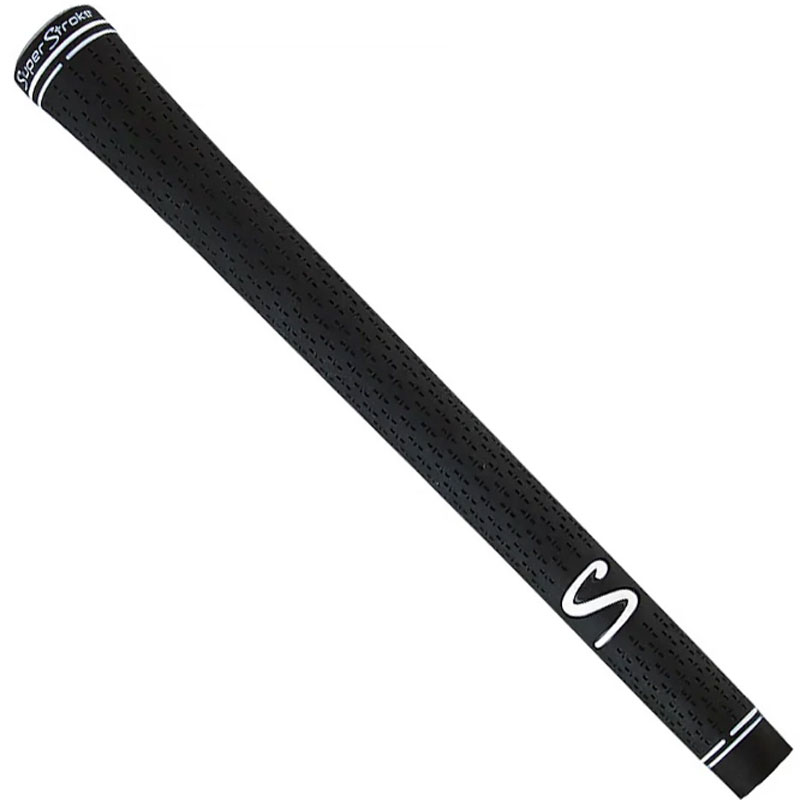
Sizes: 2 (Standard, Midsize)
Colors: 5 (Black, Blue, Light Blue, Red, Black/White)
+ Taper control technology helps to add grip
+ Great for all-weather golf
- Not the best if you're a lower handicap player
Featuring SuperStroke's own Taper Control Technology, the S-Tech adds more taper to your grip that builds up pressure in your hands—keeping you locked onto the club even in slippery and wet conditions.
Not only is this an excellent choice for players with sweaty hands it also helps promote more consistency when you play each shot. Plus, the Cross-Comfort Technology delivers an enhanced feel and comfort which is a great addition.
How we test golf grips
When it comes to product testing, our reviews and buyers' guides are built upon a rigorous testing procedure as well as the knowledge and experience of the test team. The specific testing team is made up of professionals Joe Ferguson and Sam De'Ath, who are then supported by Deputy Editor Joel Tadman and Staff Writer Dan Parker. Additionally the entire Golf Monthly team are regular golfers and importantly all are able test golf equipment efficiently and thoroughly.
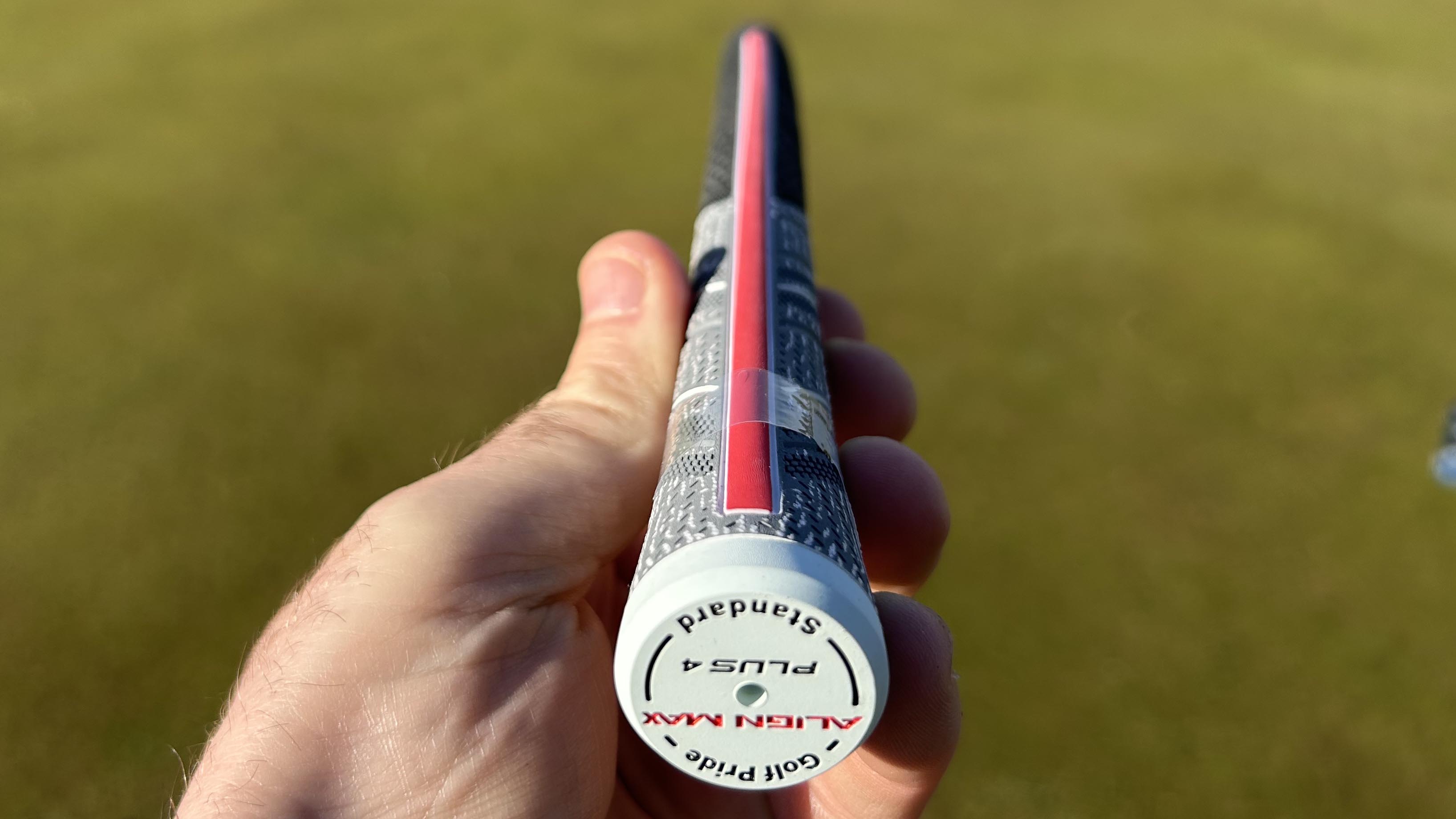
All of our writers are able to convey the pros and cons of each item eloquently. Getting into specifics, we test club grips outdoors on premium golf clubs, to get a thorough understanding on the design features, feel and grip each item offers.
Ultimately, we aim to be as insightful and honest as possible in our reviews, so it is important to acknowledge that no manufacturer can buy a good review. This is because our team tells it how it is. To learn more about our methodology, see how Golf Monthly tests products in our guide.
How to choose a golf grip
Your grip is one of the most important things to get right when picking out a new golf club or if you're looking to upgrade your current clubs. It acts as the point of contact between you and the club and gives you the traction you need on the club shaft to keep the clubface open through impact. With the wrong grip or one with minimal tackiness, you'll struggle to swing through the ball and keep your shot on line. For that reason, having the right grip on your irons, fairway woods, hybrids and driver can seriously help you play better shots and ultimately take shots off your round.
As there are many different types of grip available, golfers can be overwhelmed by the amount of choice they have when picking the right grip for them. Don't fret, though, as we have set out below a list of things to consider when you're purchasing a new club grip.
Size
The first thing to think about is how big your hands are. You'll want to do some research on what the ideal corresponding grip size would be for your hands. As we explain in our guide on how to get the right grip size for your hands, the wrong grip size can stop your hands from working properly on the club. Different grip manufacturers use different measurements when designing their club grips, with some, like Ping, basing their grip sizes around two key hand measurements. One is the distance between the most prominent wrist crease on your hand to the tip of your middle finger. The other is the length of that longest finger alone. Ultimately the best thing is to take both measurements and pick the club grip that corresponds to that size.
Different grip manufacturers also design their grips in different shapes too. Generally, golf grips come in three different kinds; round grips, ribbed grips or alignment grips. Most golfers will have played with a round grip before, as they are the most common grip you are likely to find on a golf club. If you're planning on putting your golf grips on yourself, round grips are perhaps the easiest to apply as they require little alignment because their circular shape means they have the same diameter all the way around.
Ribbed grips, also known as reminder grips, help golfers keep their hands set at the same position each time they grasp the club. They feature an internal ridge or rib that runs along the spine of the shaft, which helps players feel the bottom of the club grip, so they know where to place their hands for each shot. Alignment grips, also known as calibrated grips, are a more comprehensive version of the ribbed grip that provides golfers with a wider, more prominent rib on the grip to help players better locate where to set their hands on the club. Depending on your abilities as a golfer, the shape of the grip can play an essential part in how well you play your shots.
Tackiness
Having a tacky grip on your clubs is another crucial factor that all players should consider when purchasing a new set of irons, fairway wood, hybrid or driver. The better the grip, the more you can relax your hands when holding the club. The better the grip, the more you can relax your hands when holding the club. That can allow golfers to use their shoulders and arms to create a better more controlled and fluid stroke. Golfers are taught to have a relaxed grip on the club, so the tackier the grip, the better as that can improve how you swing through the ball.
Feel
Similar to when picking the iron or driver that is right for you, you’re going to want to factor in how that club feels on impact. The same goes for when you’re trialing different grips. You’ll want to pick the grip that gives you the best response, control and overall feel as you hit through the ball. Again that is subjective from golfer to golfer. For example, some players like to feel more vibrations coming up the club, while others would prefer that sensation to be dampened. Depending on what works best for you, trying out different types of grip can help you discover the best one for your needs as a golfer. So head down to your local club shop to try out more.
Moisture management
While feel and tackiness are significant factors to consider when picking a golf club grip, moisture management is something that many golfers forget about. Even if you don't get sweaty hands when playing golf, you're not always going to be playing golf in 30º of sunshine. The elements can change quickly on the course and for that reason, getting the grip that provides optimum moisture management will be vital in helping you hit sweeter, longer golf shots. Plus, if you suffer from sweaty hands, it is vital to get a tacky club grip, as even though your hands will be slippy, there is a greater chance of you swinging through the ball with a controlled stroke if your club grip is tacky enough to keep your hands in place.
Style
Style might interestingly be one of the most crucial things to consider when purchasing a new club grip. As golf is primarily a mental game, looking good on the course means feeling good. And if you’re feeling good, then you are inevitably going to be higher in confidence. For example, standing over the ball while holding a club that looks the part, and makes you feel confident, can go a long way in helping you hit more consistent shots and reduce your scores. For that reason, pick a grip that not only feels good but looks good too.
If you’re currently in the process of re-gripping a variety of clubs, why not check out our guides on the best golf grips for drivers and the best putter grips.
FAQs
How do I choose the right golf grip?
There are several factors to consider when choosing the correct golf grip for you. These include the size, the shape, the tackiness and the moisture-wicking properties of the grip. The only way to get a feel of which is the right golf grip for your game, though, is by trialing various golf grips at your local pro shop.
Are thicker golf grips better?
That depends on your skill level as a golfer and how you play your shots. For those players looking to improve on their swing, thicker grips can help you eliminate movement in your hands and stop you from pushing or pulling too much in your swing. Thicker grips can generally mitigate hand movement through impact, allowing players to generate a more fluid pendulum stroke.
What size golf club grip do I need?
Depending on the size of your hands, different golfers will suit various grip sizes. First, you should start by measuring the size of your hand by measuring the distance between the most prominent crease on your hand and your middle finger. Once you have that measurement, you should pick the corresponding grip size
1. Crease to fingertip: 0"-5" - Grip size: Small
2. Crease to fingertip: 5" to 6.5" - Grip size: Undersize
3. Crease to fingertip: 6.6" to 7.5" - Grip size: Small
4. Crease to fingertip: 7.6" to 9" - Grip size: Midsize
5. Crease to fingertip: 9.1" to 10" - Grip size: Large
For more golf gear guides, check out our pieces on the best golf accessories or best golf training aids.
Subscribe to the Golf Monthly newsletter to stay up to date with all the latest tour news, equipment news, reviews, head-to-heads and buyer’s guides from our team of experienced experts.

Sam is Golf Monthly's Senior E-commerce Editor which mean's he oversees everything E-com related on the site.
This takes the form of creating and updating Buying Guides, reviews, and finding bargain prices for deals content.
Working with golf gear and equipment over the last seven years, Sam has quickly built outstanding knowledge and expertise on golf products ranging from drivers, to balls, to shoes.
He combines this knowledge with a passion for helping golfers get the best gear for them, and as such Sam manages a team of writers that look to deliver the most accurate, insightful, and informative reviews and buying advice. This is so the reader can find exactly what they are looking for, at a good price.
Additionally Sam oversees Golf Monthly voucher/coupon content which seeks to find you the best offers and promotions from well-known brands like Callaway, TaylorMade and many more.
Unfortunately, Sam is not a member of any club at the moment but regularly gets out on the golf course to keep up the facade of having a single-figure handicap.